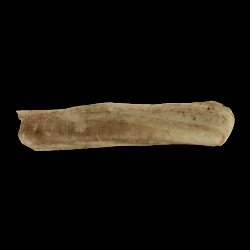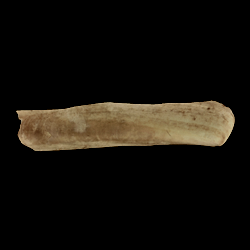
Pharidae

- Phylum: Mollusca
- Class: Bivalvia
- Order: Imparidentia
- Family: Pharidae
Overview
Common name: Razor and jackknife clams
Key morphological features: The Pharidae are small to medium size, up to 230 mm. The shells are equivalve and often thin-walled and fragile, with a long narrow shape with rounded ends. The shell is composed of aragonite, and exterior sculpture is smooth with commarginal growth lines. Valve interiors are non-nacreous. The pallial line has a short to moderately deep sinus. Species of Pharidae are heteromyarian, with the posterior adductor muscle smaller. The heterodont hinge has two vertical and two horizontal cardinal teeth in the left valve, and a single vertical and horizontal tooth in the right valve. Source: Mikkelsen, P.M., and Bieler, R. 2008. Seashells of Southern Florida: Bivalves. Princeton, New Jersey: Princeton University Press. 503 pp.
Geological range: Cretaceous to Recent (Mikkelsen & Bieler, 2008).
Geographic distribution: A distributional map for modern Pharidae may be accessed from OBIS. A distributional map for ancient Pharidae may be accessed from the Paleobiology Database.
Diversity: There are 71 recognized living species of Pharidae and 14 genera (WoRMS database, unvetted). The Paleobiology Database recognizes 6 fossil genera and 20 fossil species of Pharidae (unvetted).
Paleoecology: The Pharidae are marine or estuarine suspension feeders that are capable of burrowing rapidly in soft and unstable sediment such as sand and mud. They create permanent, vertical burrows that they are able to ascend and descend rapidly, and some species can swim for short distances to escape predators before rapidly reburrowing. They are found worldwide in intertidal zones, mangroves, and continental shelves. Source: Mikkelsen and Bieler (2008).
Phylogenetic status: Monophyletic. Molecular phylogenetic analysis by Vierna et al. (2011) supports the monophyly of Family Pharidae.
